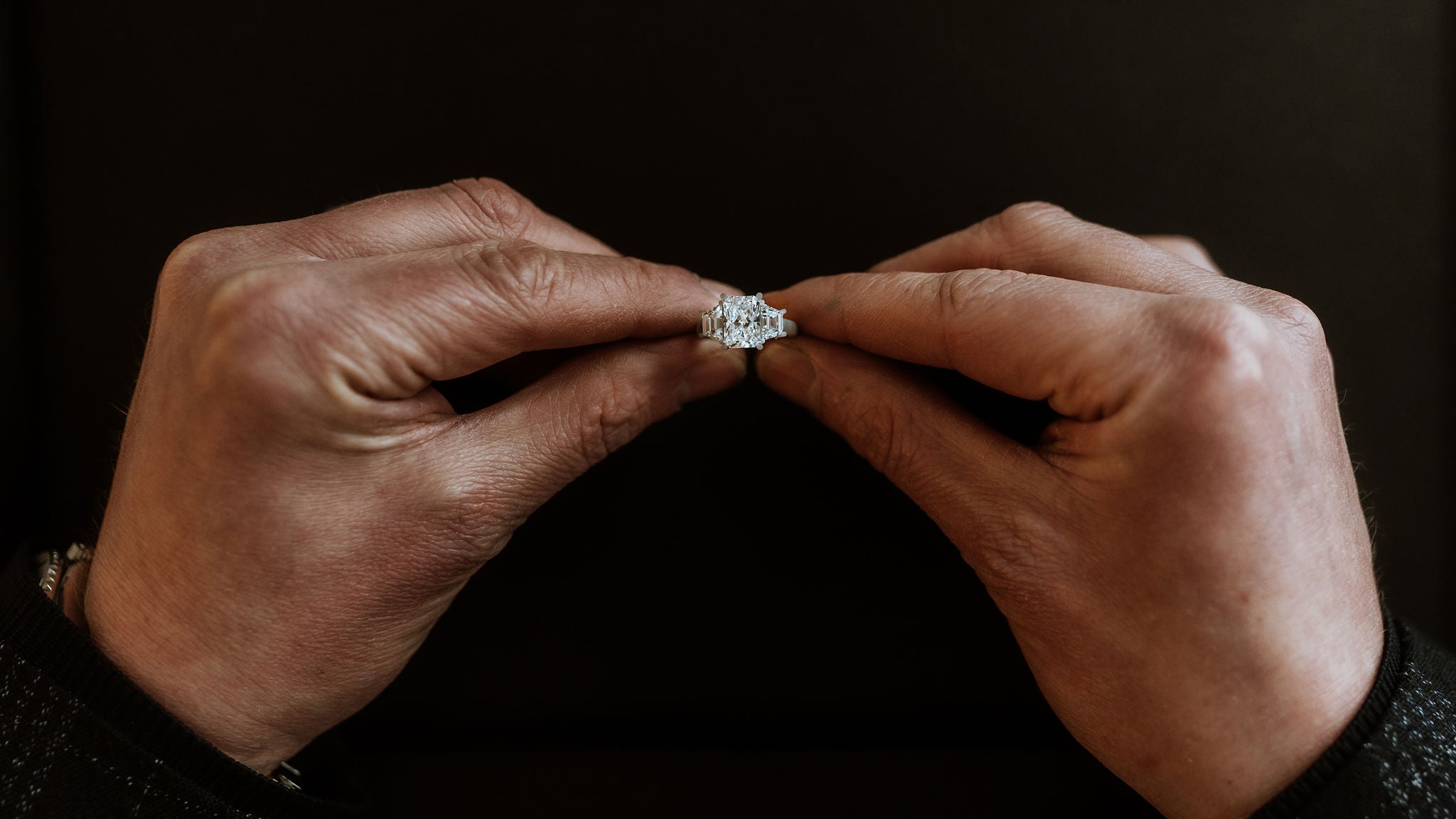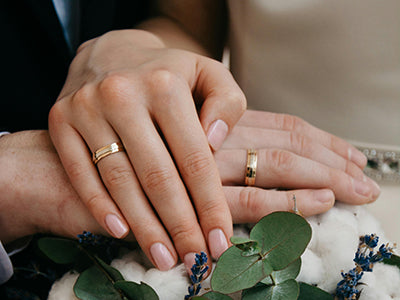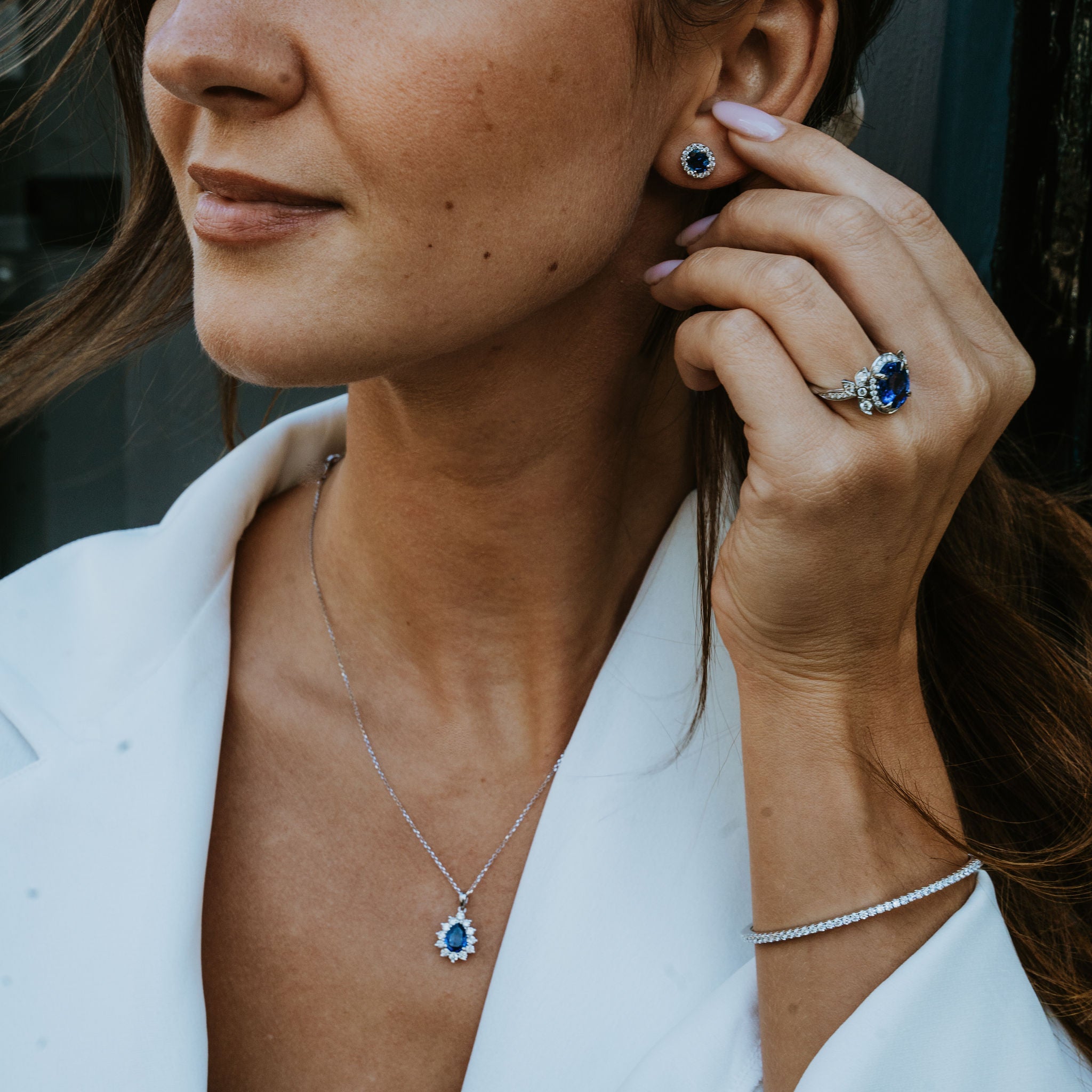 When it comes to choosing an engagement or wedding ring, you shouldn’t rush. This is an item of jewellery that you hope you (or your beloved) will be wearing for life, which means it needs to be durable, but also something that looks great today and still does many years in the future.
When it comes to choosing an engagement or wedding ring, you shouldn’t rush. This is an item of jewellery that you hope you (or your beloved) will be wearing for life, which means it needs to be durable, but also something that looks great today and still does many years in the future.
That should not be seen as a daunting decision, but rather an opportunity to splash out on something truly beautiful, an item that will have a glory all of its own, quite apart from the wonderful thing that it represents.
Of course, buyers need to consider their budgets and there will be variations in taste, whether it is to do with the metals, the stones used, the size or the style.
Nonetheless, the most popular approach is to go for a diamond ring and while trilogy rings have many fans, a lot of people will love the simplicity of one beautiful, gleaming diamond.
What Is An Asscher Cut?
However, these diamonds can come in some very different cuts. One of these is the Asscher cut.
This is a very distinctive cut that, like the Emerald Cut, has flat sides. However, rather than one elongated flat top, it has four converging flat faces that meet in a raised crown in the centre. From above, it looks like an X. This is also a product of the angled straight cuts at the corners, creating an elongated octagonal shape.
Overall, these diamonds have 58 facets, making them a very special and distinctive cut and one with a glorious sense of sparkle. Asscher cut diamond rings never fail to stand out.
It might come as something of a surprise that the Asscher cut has actually been out of fashion for much of its existence, although in recent years its popularity has been revived.
From Origin To Art Deco
The name comes from Joseph Asscher, the founder, along with his brother, of the Asscher jewellers in Amsterdam. He designed the cut in 1902 and it was to become very popular during the Art Deco era between the two world wars.
That does not actually make it Art Deco, however, as that term only emerged in 1925, although it had arguably been in development for at least a decade before that.
Even so, the Asscher cut predated Art Deco by several years at least and it may be seen as a matter of fortune that it fitted so well with the dominant, geometric design style of the inter-war years.
If this was a serendipitous association, it may be argued that the emergence of other styles to usurp Art Deco in art, sculpture, architecture and furnishings may have also contributed to a decline in appreciation for the Asscher cut.
A Modern Revival
However, the 21st century has seen a revival of the popularity of the Asscher cut, aided by the centenary coming to pass in 2002. It may also be helped by the fact that Art Deco itself and the near it represents has enjoyed a retro revival in some quarters; a century on, who doesn’t love a Gatsby party?
Sometimes, the cut has been known as the ‘square emerald cut’, although it is not hard to tell which is which. However, the name of the 58-cut diamond was never actually patented, unlike the 74-facet Royal Asscher Cut used for the Cullinan Diamond, the world’s largest, in 1905.
In choosing an Asscher cut, you may be selecting between that and other cuts with straight edges, such as an emerald cut, a radiant cut or a princess cut.
Asscher Or Princess?
Of these, a princess cut is the most similar, as both are square cuts rather than elongated. However, while the Asscher has angular cuts at the corners to give it eight sides, the Princess Cut has corners at right angles to create a perfectly symmetrical square.
These designs contrast with a lot of other popular diamond cuts, such as oval and pear cuts, which we also specialise in. What all this does is create a lot of choice, so that when you make your decision on diamond cut, you can choose something that is highly popular but also fits with the kind of design you like.
Indeed, despite its accidental association with Art Deco, you don’t have to be a big fan of that era and its style to appreciate the Asscher Cut, any more than the first wearers did when the term Art Deco had not even been invented.
Instead, all you need to do is appreciate the magnificent beauty of this classic style, a Dutch marvel that has been revived in popularity and could be just the design you are looking for.





